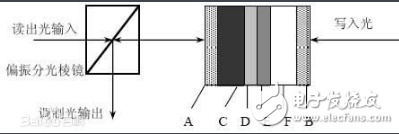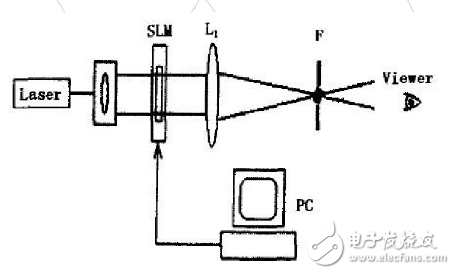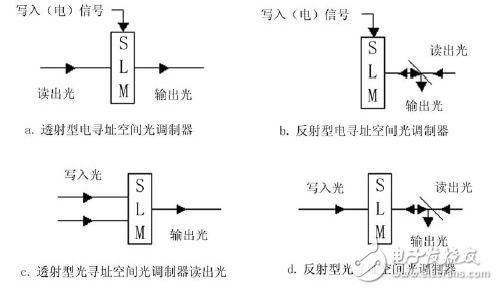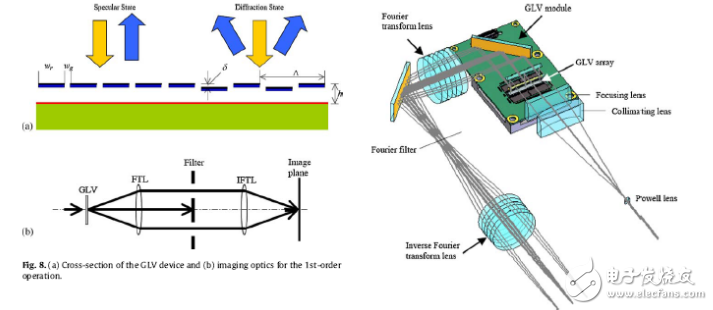Space Light Modulator It is a device that modulates the spatial distribution of light waves. It has the function of spatially modulating the light beam in real time, making it a key component of systems for real-time optical information processing and optical computing.
Principle of spatial light modulatorA spatial light modulator contains a number of individual units that are spatially arranged in a one or two dimensional array. Each unit can independently accept the control of optical or electrical signals, using various physical effects (Pokels effect, Kerr effect, acousto-optic effect, magneto-optical effect, self-electrooptic effect of semiconductor, photorefractive effect) Etc.) altering its optical properties to modulate the light waves on which it is illuminated.

These independent small units are generally referred to as "pixels" of the spatial light modulator, and the signals controlling the pixels are referred to as "write lights", and the input light waves that illuminate the entire device and modulated are referred to as "readout lights". The light wave emitted after the spatial light modulator is called “output light. In the image, the spatial light modulator can be regarded as a transparent film whose transmittance or other optical parameter distribution can be quickly adjusted as needed. Obviously, the write signal should contain Controlling the information of each pixel of the modulator. The process of transferring this information to the corresponding pixel location is called "addressing."

The spatial light modulator is generally classified into a reflective type and a transmissive type according to the manner in which the read light is read out;
According to the way of input control signals, it can be divided into optical addressing (OA-SLM) and electrical addressing (EA-SLM).

The basic function of a spatial light modulator is to provide real-time or near-real-time one- or two-dimensional optical sensor devices and computing devices. In an optical information processing system, it is an interface between the system and the outside world for information exchange.
It can be used as an input device to the system or as a transform or computing device in the system. As an input device, its function is mainly to process the original information to be processed into the input form required by the system. At this time, the spatial light modulator can be used as an input transmitter to realize electro-optical conversion, serial-parallel conversion, incoherent optical-coherent optical conversion, wavelength conversion, and the like.
As a processing and computing device, optical amplification, vector-matrix or matrix-matrix multiplication, contrast inversion, wavefront shape control, and the like can be realized. In addition to this, there is also the function of analog image storage.

The spatial light modulator is a component that modulates the light field distribution of light waves, and is widely used in imaging projection, beam splitting, laser beam shaping, coherent wavefront modulation, phase modulation, optical tweezers, holographic projection, laser pulse shaping. And many other application areas.
Usb Connector,Micro Usb Sinking Connector,Usb 3.0 Solder Connector,Double Layer Usb Connector
Dongguan Yangyue Metal Technology Co., Ltd , https://www.yyconnector.com
